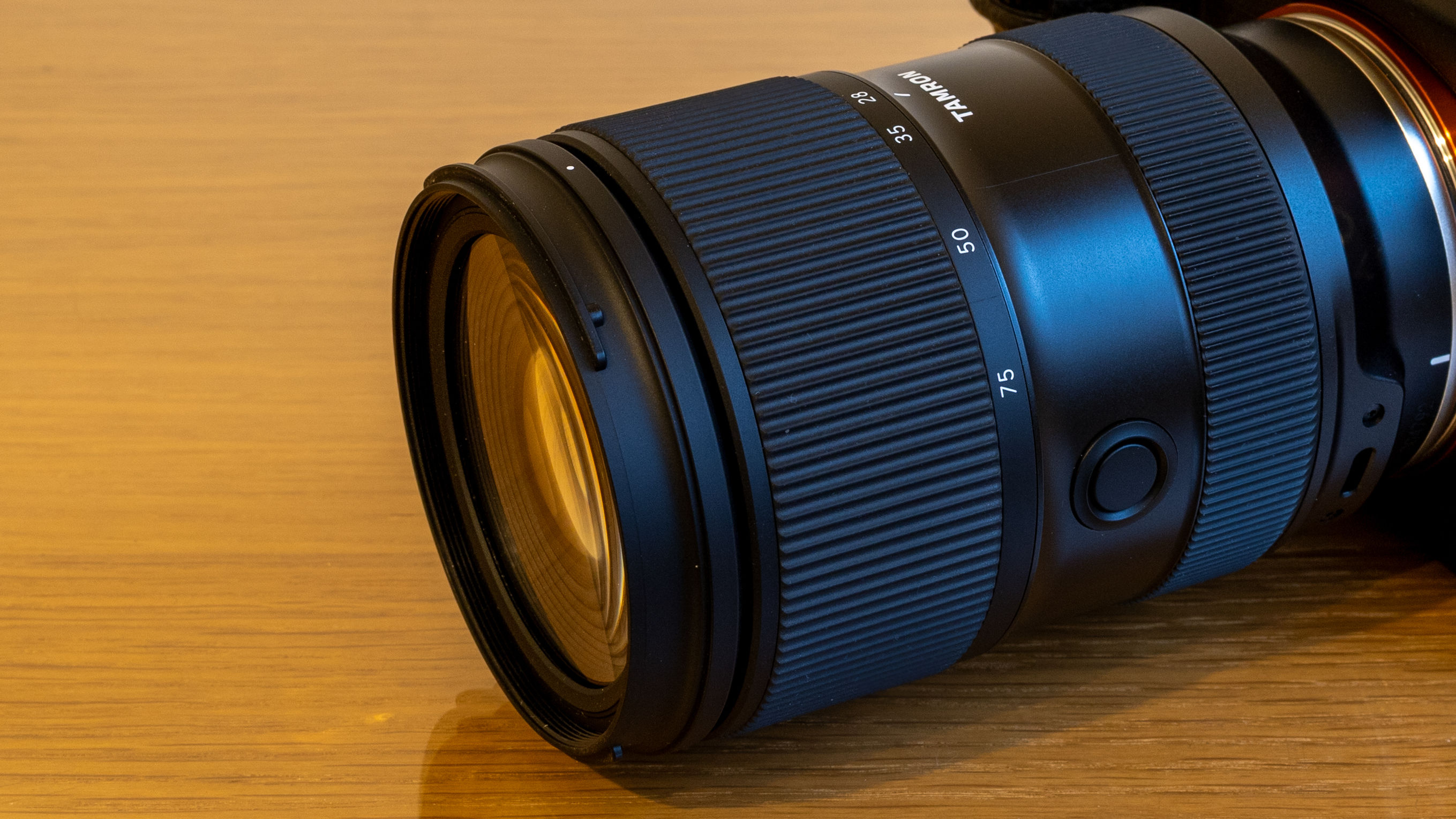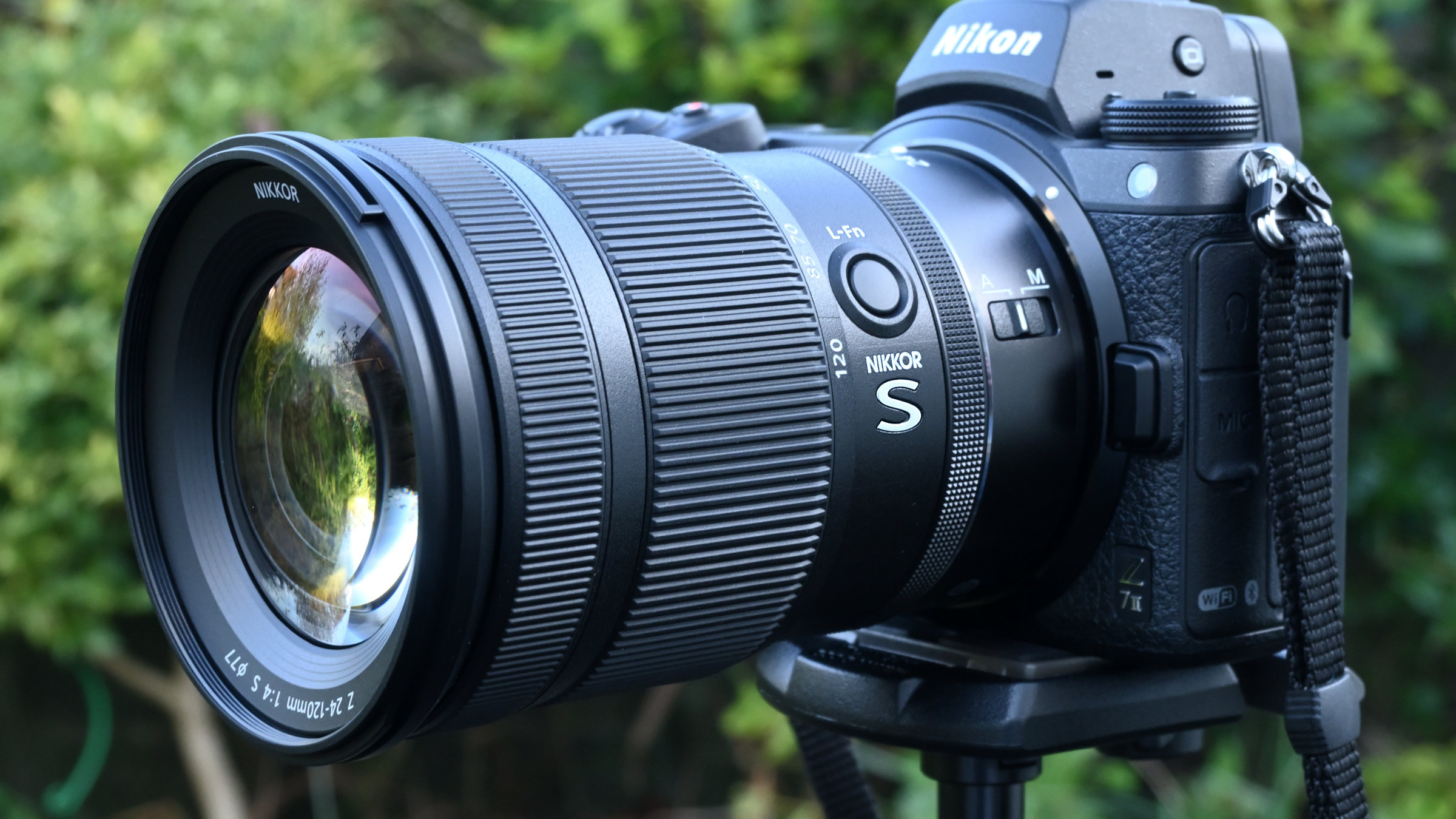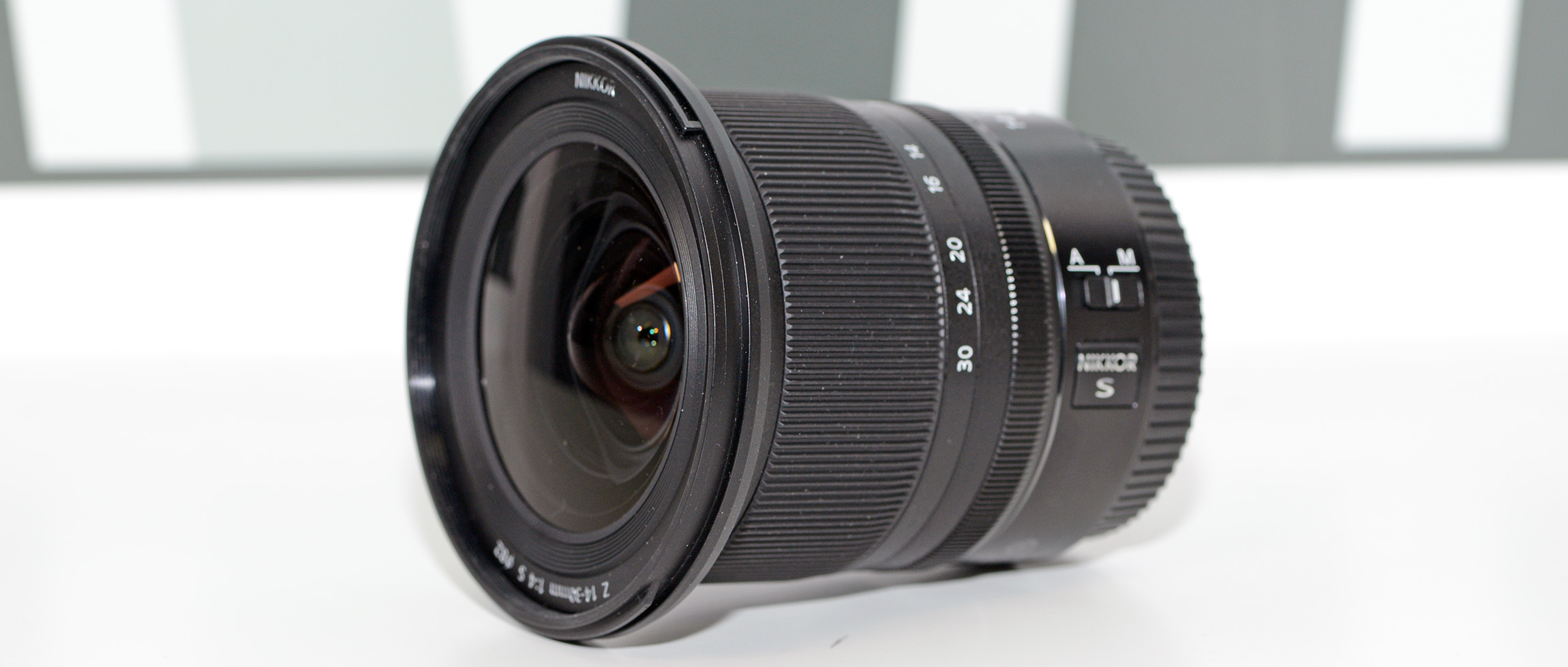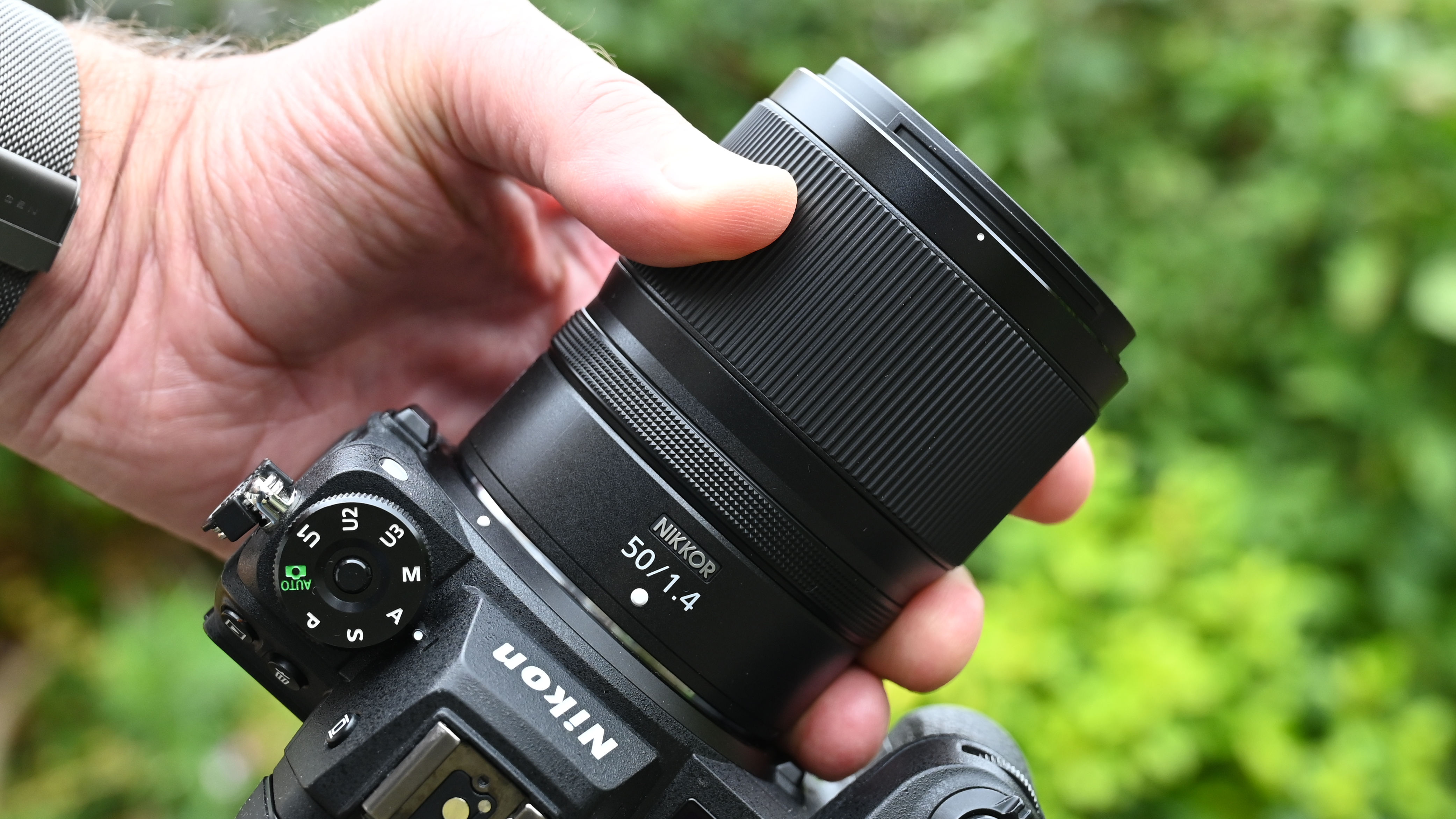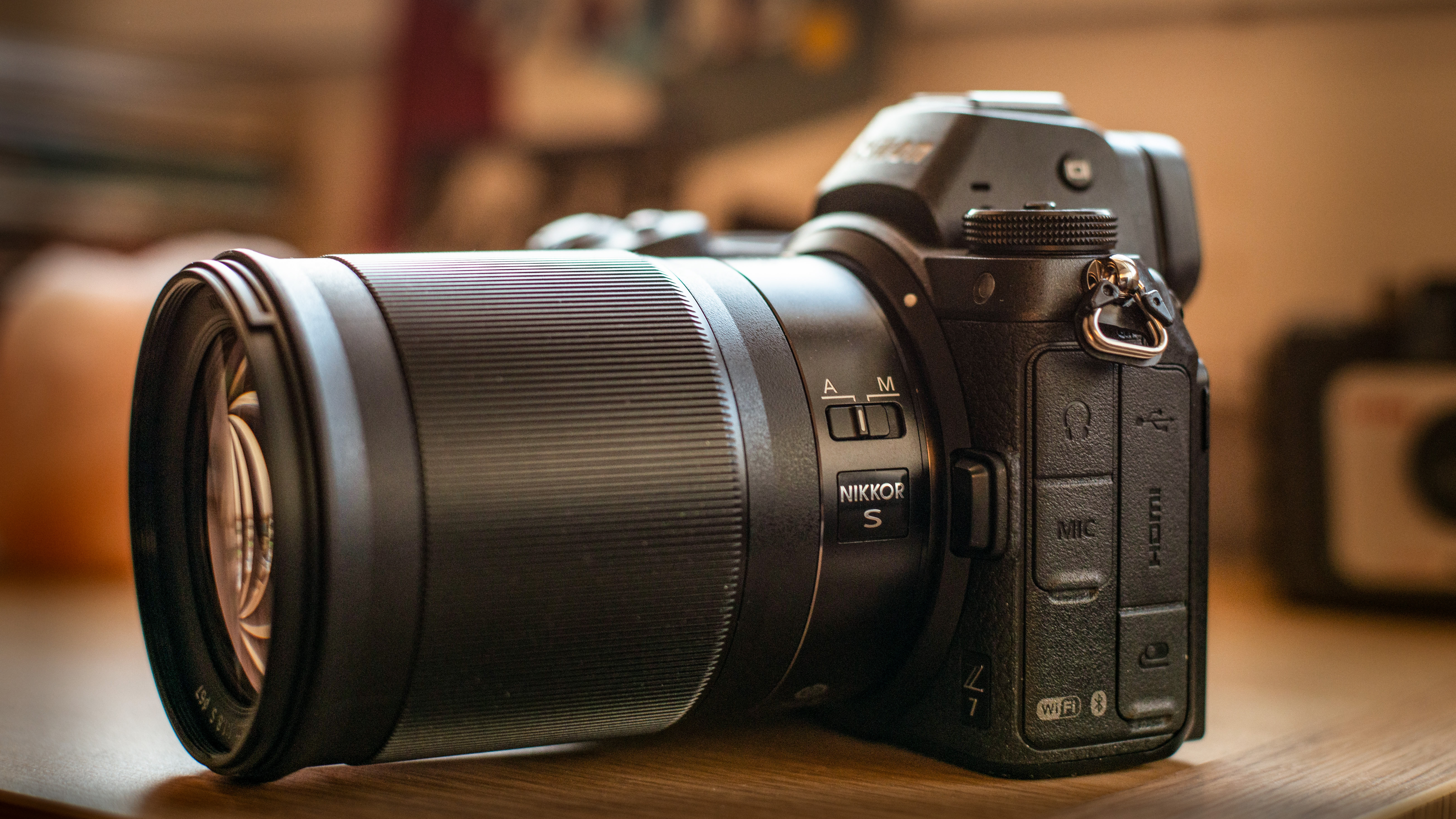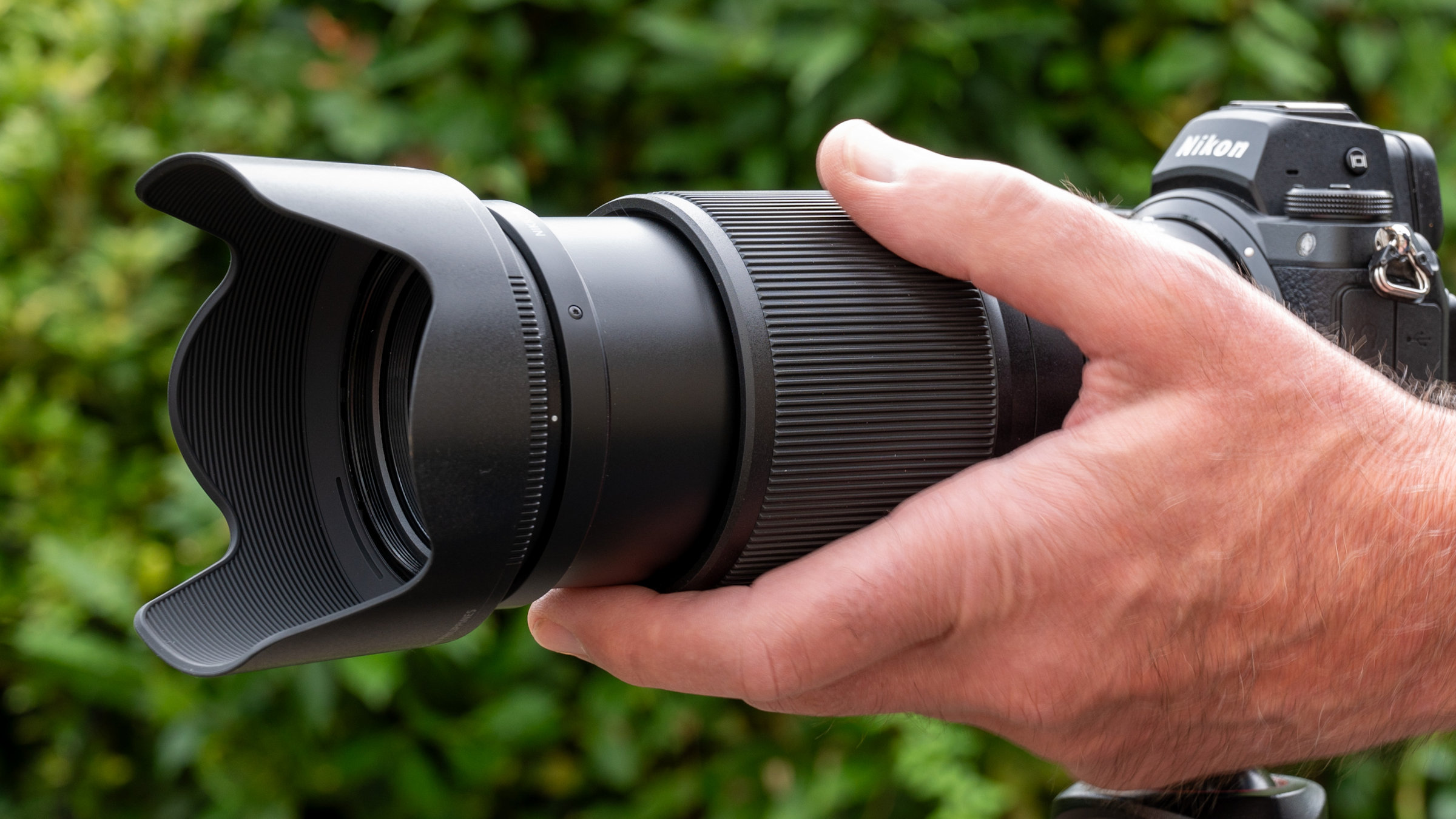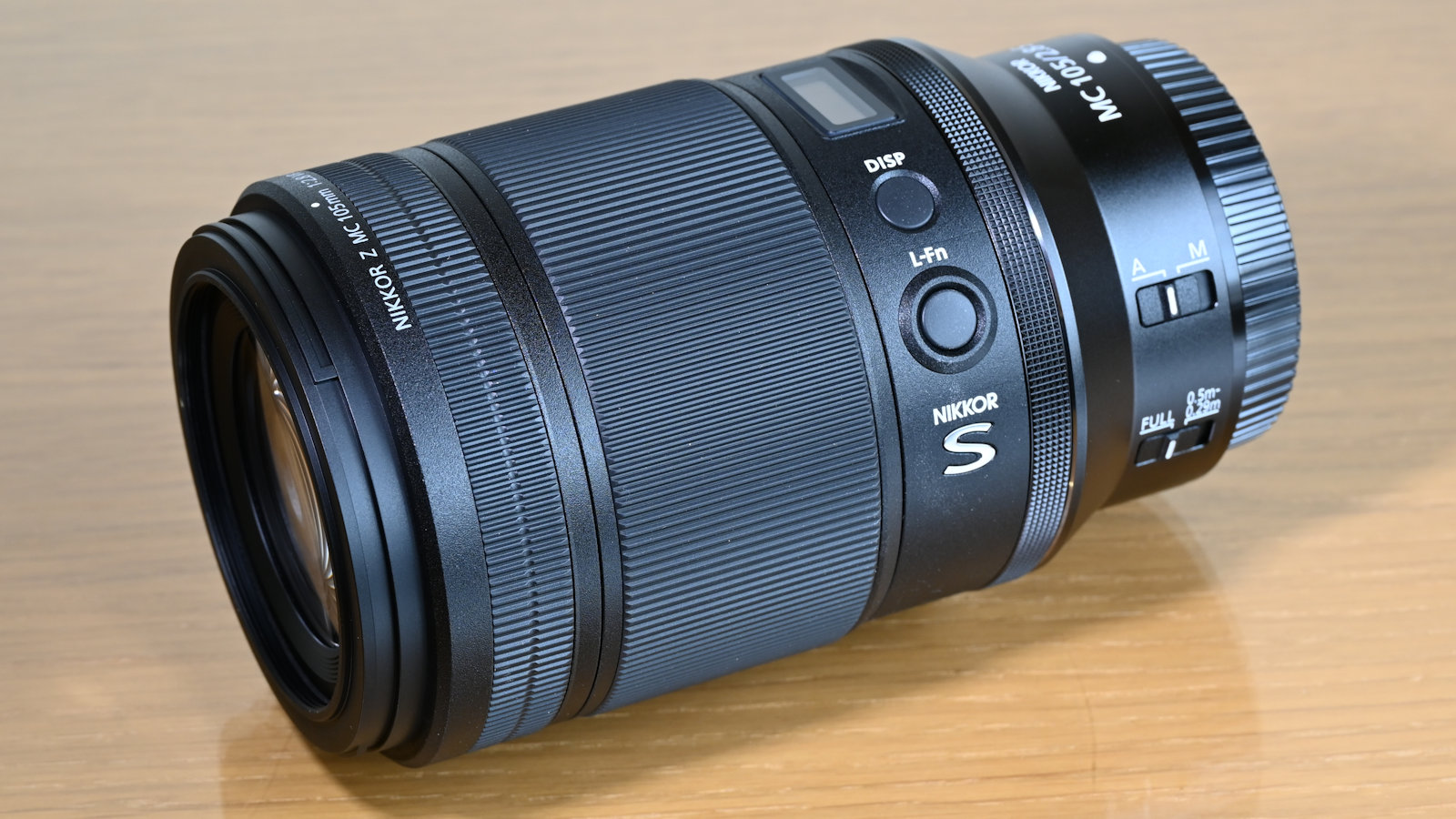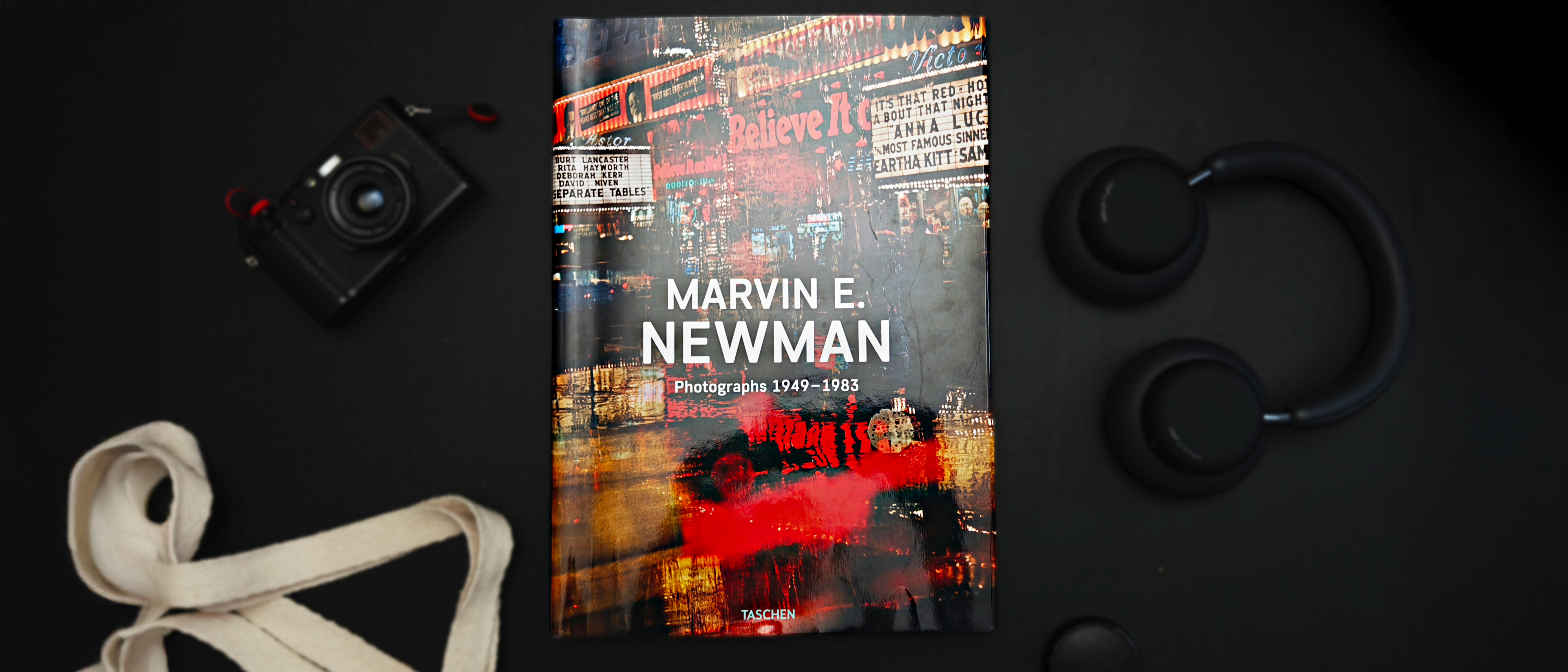The best lenses for the Nikon Z6 III, Z6 II, and Z6 in 2025: these truly versatile cameras deserve lenses that follow suit
What are the best lenses for the Nikon Z6 series of cameras? This very capable line of 24.5Mp mirrorless cameras needs good lenses to do it justice
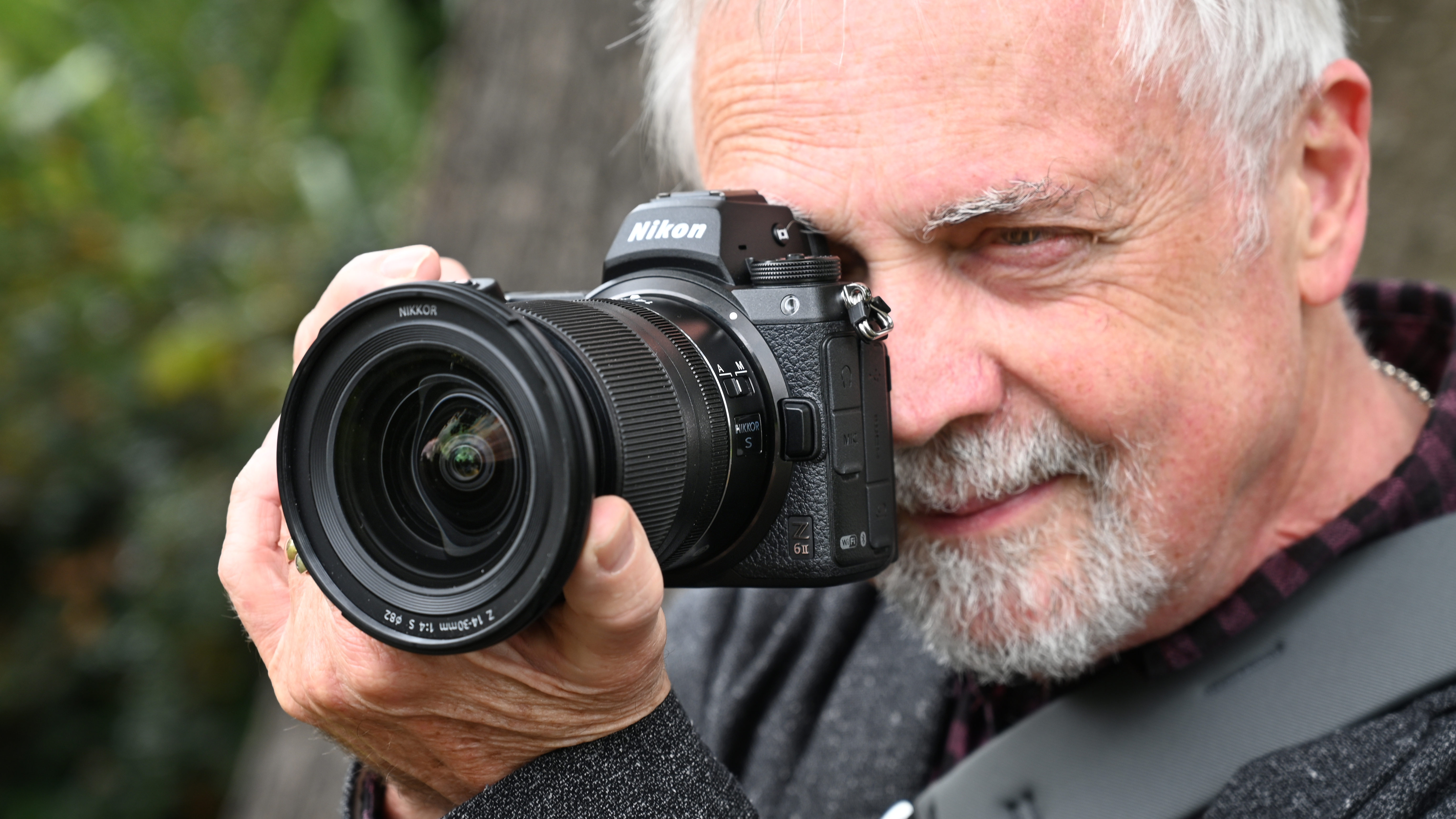
Picking the best lenses for the Nikon Z6 line of cameras is a balancing act between glassware good enough to make the most of this excellent mid-range mirrorless camera series, but also not blowing the budget on some of Nikon’s more wildly specced pro lenses, which come with price tags to match.
The Nikon Z6 III is one of the best mirrorless cameras around, certainly one of the best Nikon cameras, and also one of the best cameras for enthusiasts. But while we have a big guide to the best Nikon Z lenses all round, I wouldn't necessarily recommend them all for the Z6 III (or its predecessors, the Z6 II and Z6). Good quality but sensibly priced glass is the way to go.
So I’ve picked a set of lenses that cover a wide range of uses, but, for the most part, stay at reasonable price levels. Some, such as Nikon’s prime lenses, can be very reasonable indeed.
There is one fly in the ointment. Nikon Z-mount telephotos quickly become very expensive indeed. Very good, yes, but very expensive too. The one consolation is that while cameras come and go, lenses are for life – or they can at least do good service with several cameras in succession. And if you decide to swap your Z6-line camera for a Z7 II or even a Nikon Z8, you might well be glad that you invested seriously in some top lenses right at the start.
Whatever your budget, here are what I think are the best lenses for the Nikon Z6 III, Z6 II, and Z6 right now.

Matthew Richards is a photographer and journalist who has spent years using and reviewing all manner of photo gear. He is Digital Camera World's principal lens tester and a Nikon aficionado, and has personally handpicked all the lenses in this guide as perfect companions to the Nikon Z6 III, Z6 II, and, indeed, the original Z6.
The Quick List
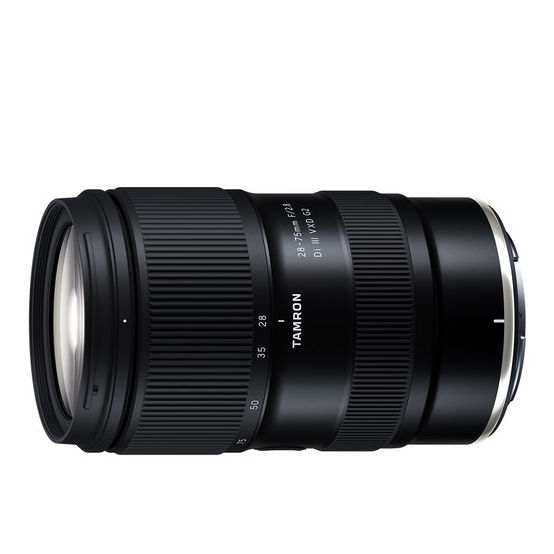
The ‘Generation 2’ of this superb Tamron lens takes everything up a notch, and adds Nikon Z to its fit list.
Read more below…
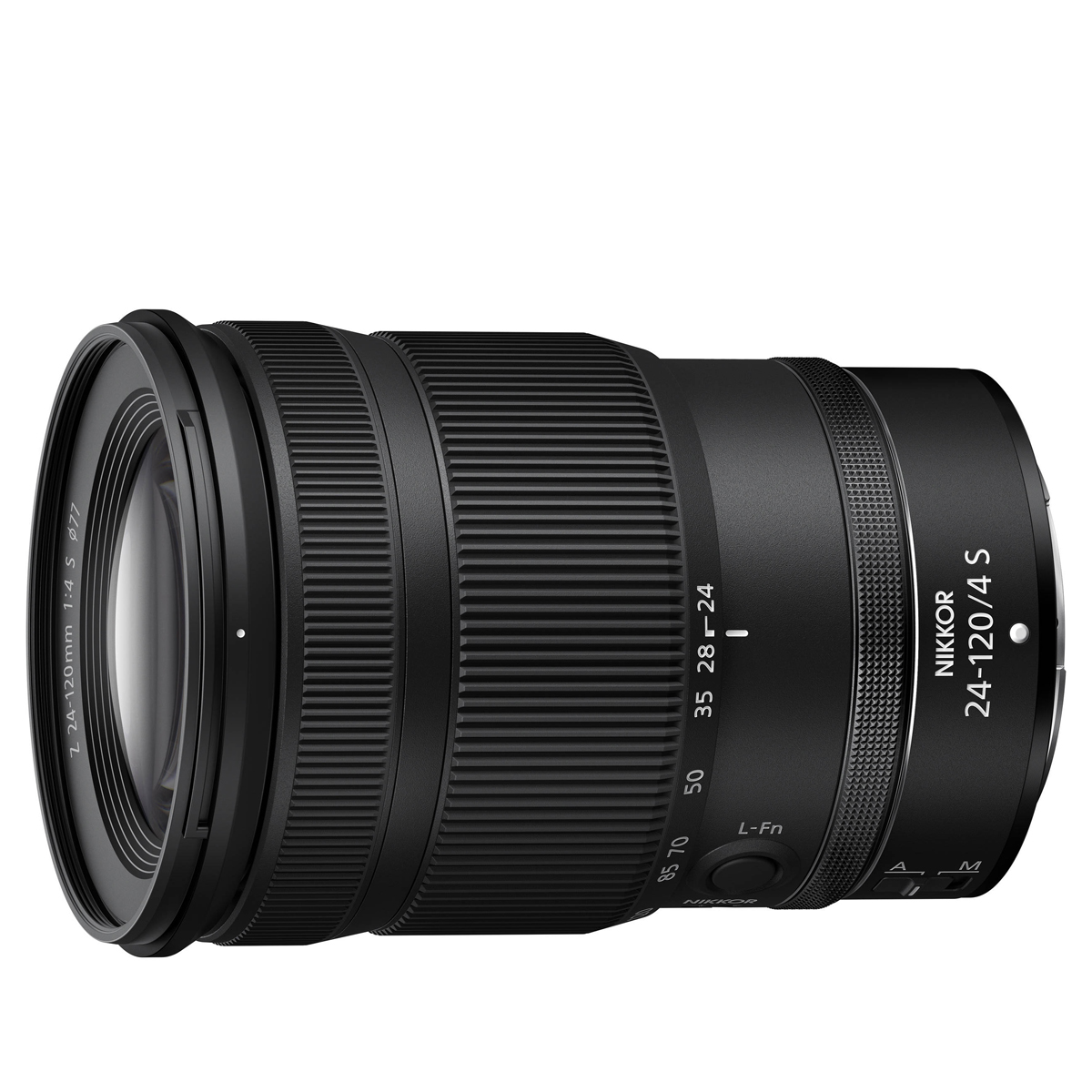
If you need a general-purpose lens with a broader zoom range, this gives you 5x zoom and sharpness across the frame.
Read more below…
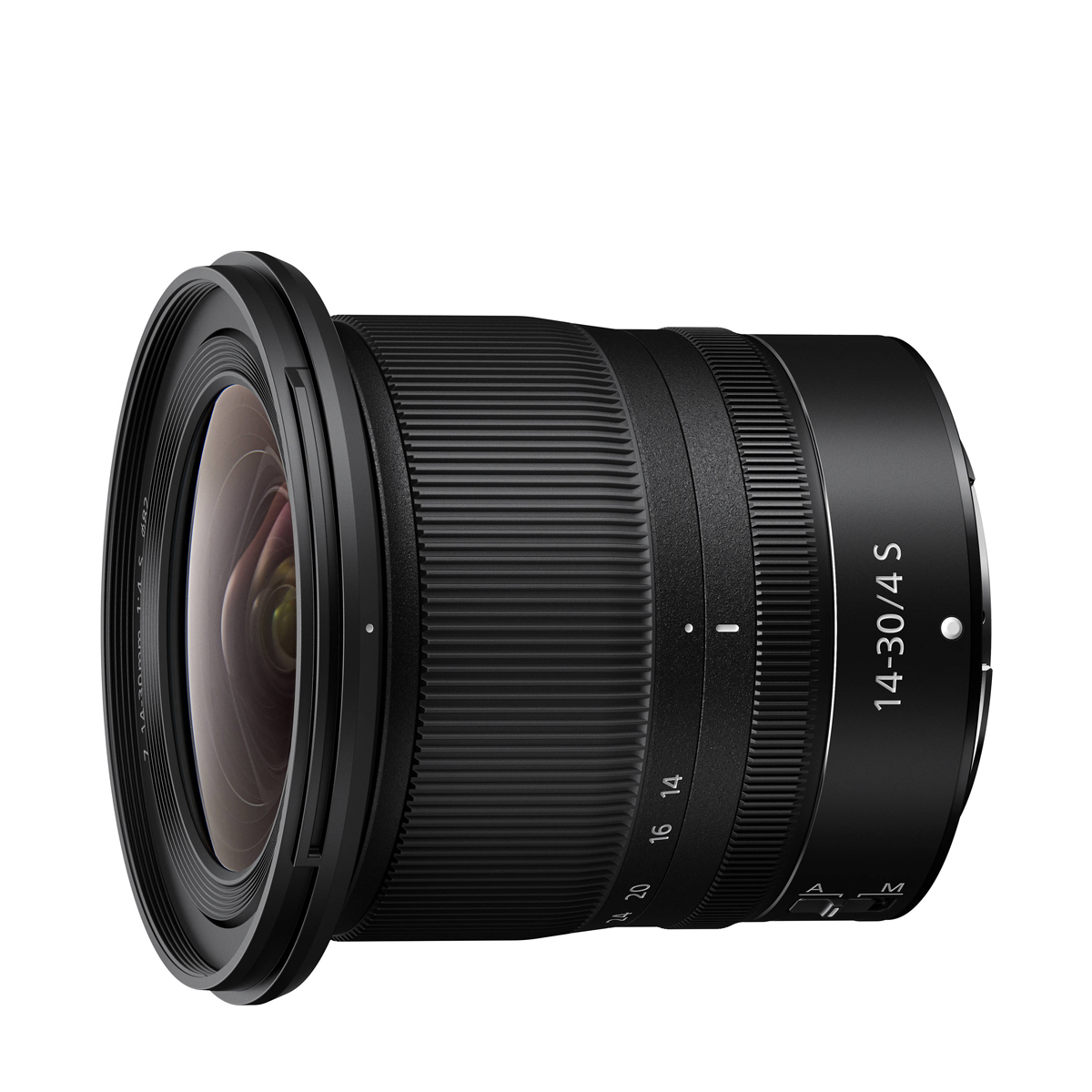
You’re spoilt for choice when it comes to Nikon wide-angles, but I like this affordable option with great sharpness for the Z6 III / Z6 II / Z6.
Read more below…
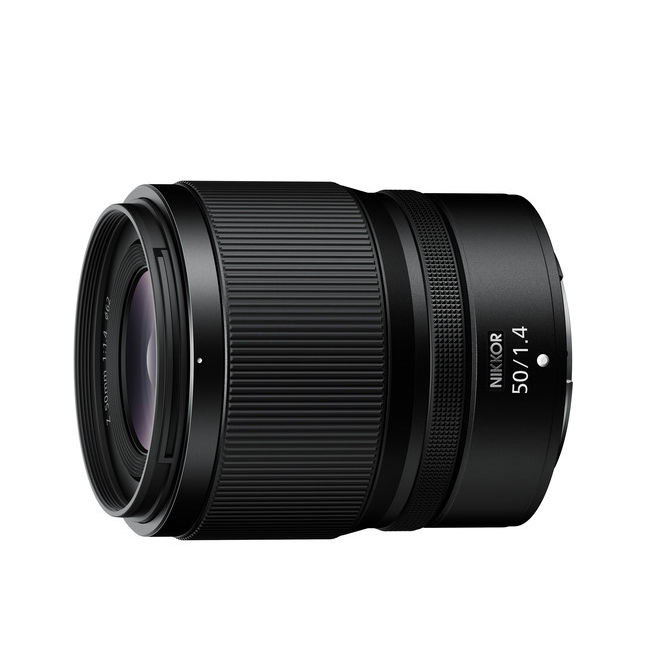
It’s faster than the original Z 50mm f/1.8 S, has dual customizable control rings and is less expensive to buy.
Read more below…
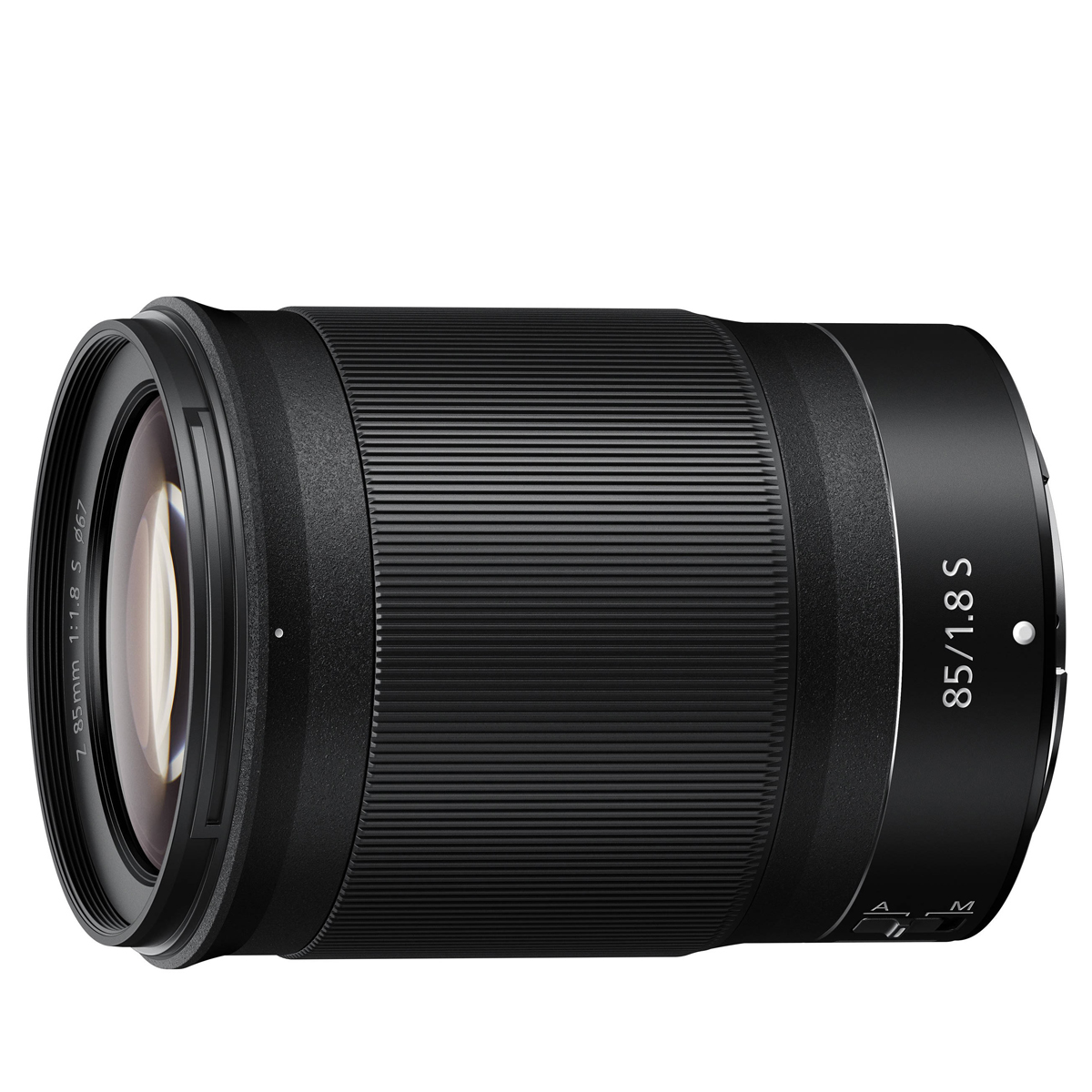
With this prime, Nikon has pulled off the trick of combining excellent sharpness with high-quality bokeh and an appealing price tag.
Read more below…
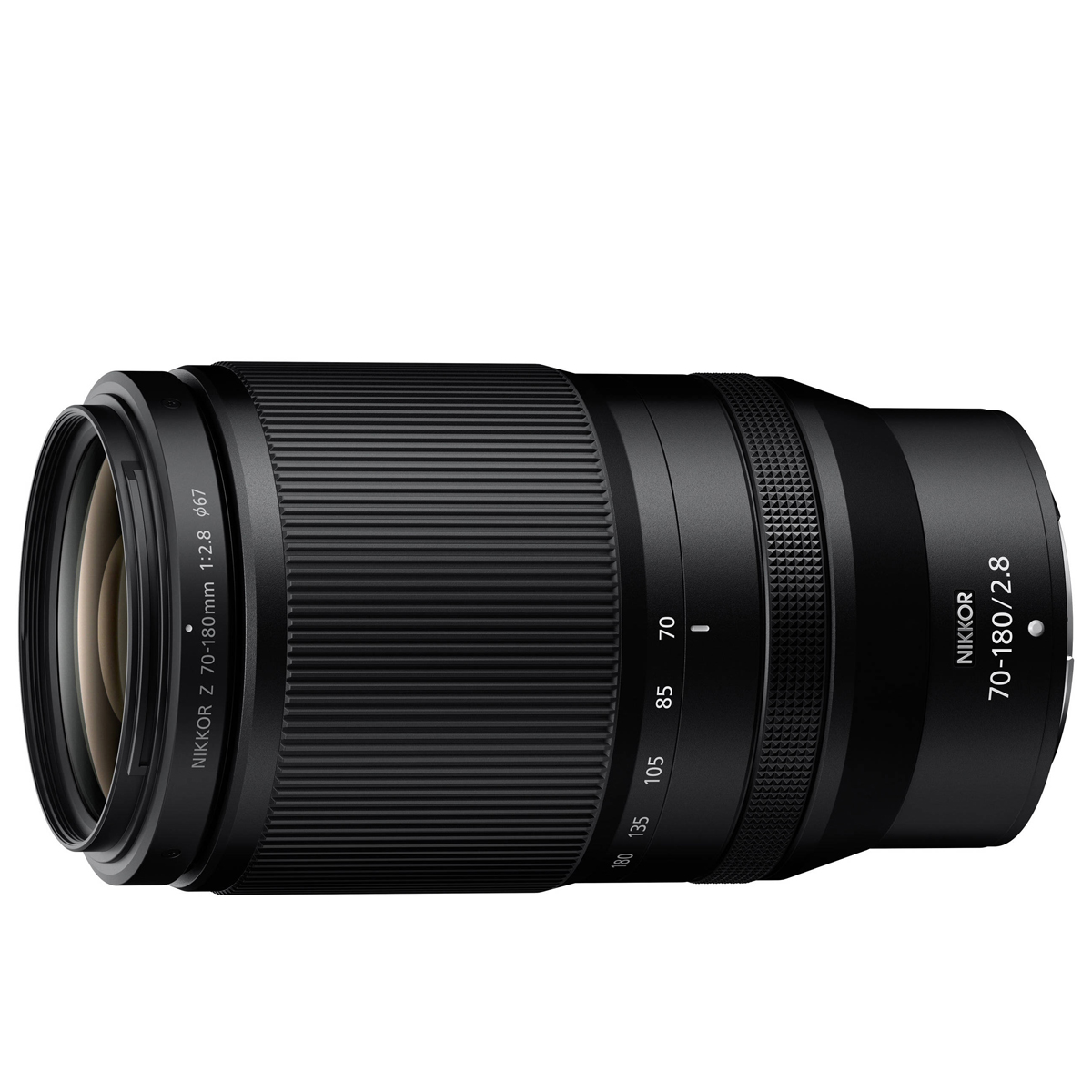
This zoom sidesteps the expense and weight of a classic 70-200mm f/2.8 lens with a slightly shorter focal length.
Read more below…
View the full list ⤵
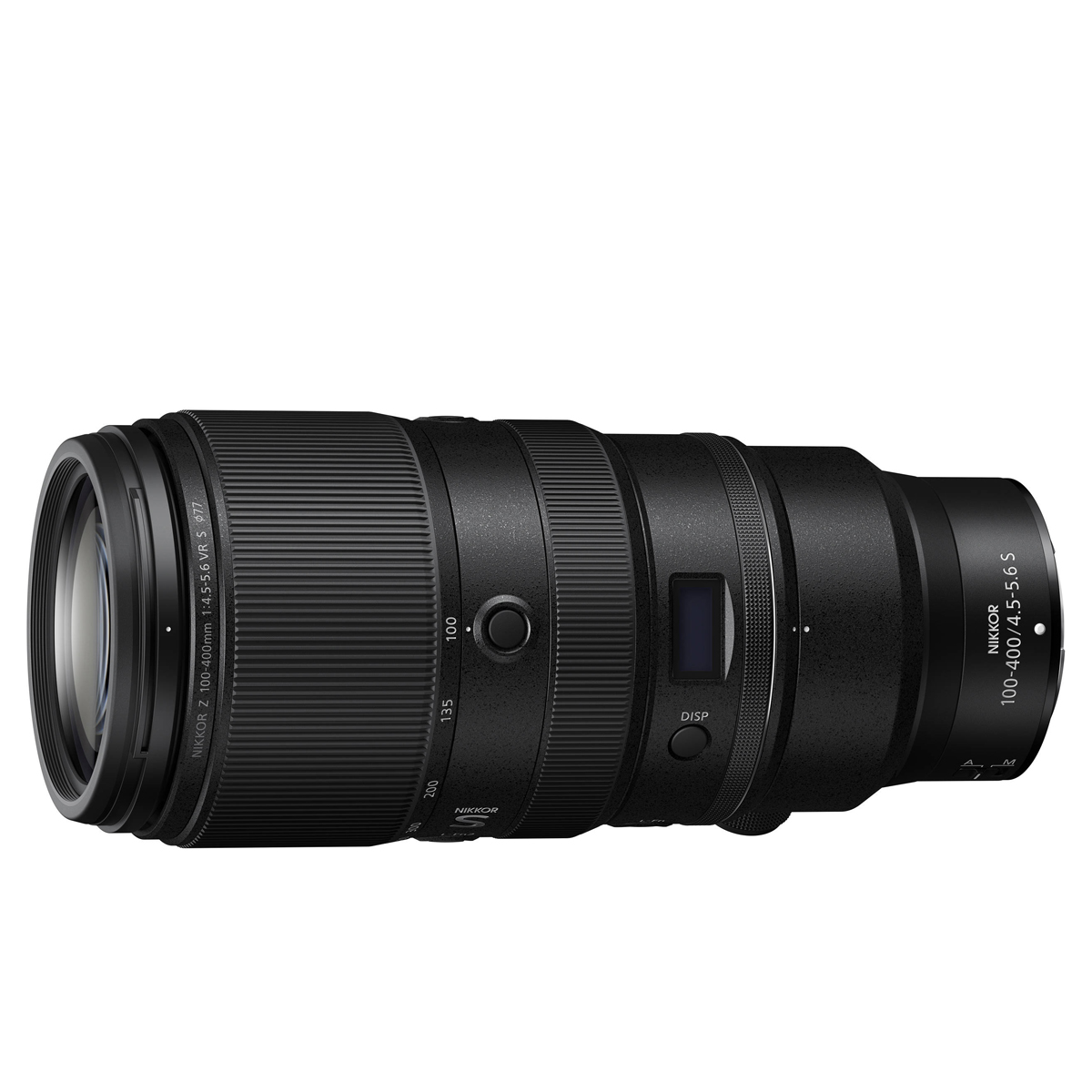
If you’re keen on sports or wildlife photography, this zoom gives you the reach you crave, as well as sublime sharpness – at a price.
Read more below…
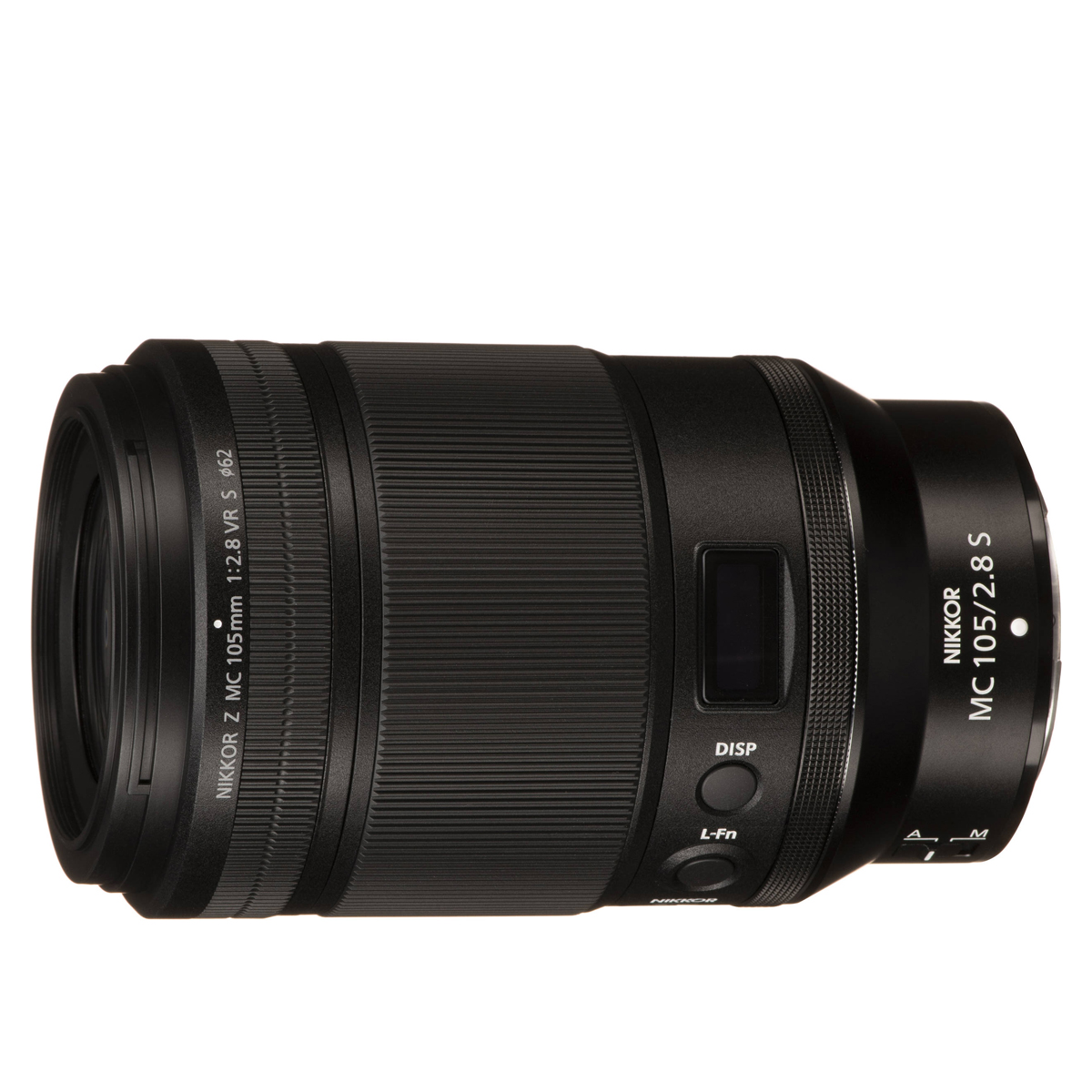
This prime doesn’t just give you superb extreme close-ups: it also delivers high-quality images for general-purpose shots.
Read more below…
Best lenses for the Nikon Z6 III / Z6 II / Z6
Why you can trust Digital Camera World
Best everyday lens for the Nikon Z6 III / Z6 II / Z6
Specifications
Reasons to buy
Reasons to avoid
Nikon liked the original version of this lens so much that it made its own version with a Nikon badge on it. However, the original Tamron lens was never made in Nikon Z mount, only in Sony E mount. The ‘Generation 2’ Tamron comes in both flavors and is a significant upgrade. A new optical layout increases resolution and all-round image quality, the autofocus system is twice as fast, there’s more tactile feedback from the zoom and focus rings, and a customizable function button has been added.
That’s all great news but what made the original Tamron (and Nikon) lens such a hit remains just as attractive in the G2 edition. The fast and constant f/2.8 aperture rating makes this a viable alternative to a ‘trinity’ standard zoom and while it doesn’t go quite as wide-angle as a 24-70mm lens, you gain marginally more telephoto reach. And the best bit is that it’s comparatively compact, lightweight and affordable, compared with typical trinity standard zooms.
Read more: Tamron 28-75mm f/2.8 Di III RXD G2 review


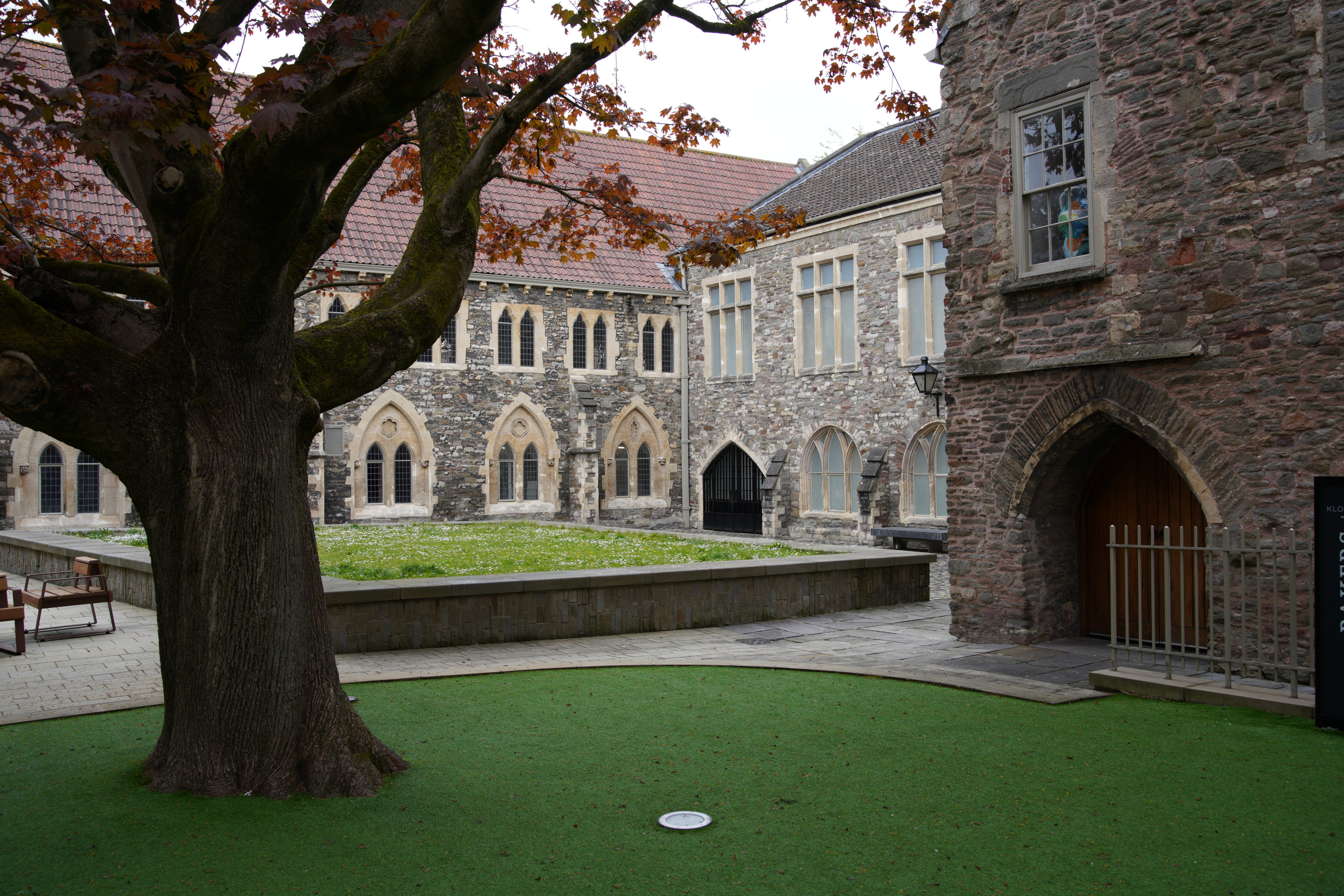
Features ★★★★★ | This alternative ‘trinity’ f/2.8 standard zoom features a voice-coil autofocus system and customizable L-fn button. |
Design ★★★★★ | Build quality feels very robust and features extensive weather-seals, although optical stabilization is omitted. |
Performance ★★★★★ | Levels of sharpness are excellent throughout the zoom range, although there’s a reliance on automatic in-camera corrections for color fringing and distortions. |
Value ★★★★★ | It’s much less expensive than typical ‘trinity’ standard zooms and top value for money. |
Most versatile lens for the Nikon Z6 III / Z6 II / Z6
Specifications
Reasons to buy
Reasons to avoid
If you would like even more zoom range than the 24-70mm f/4 kit lens, this one goes all the way to 120mm with a 5x zoom range. This does make it somewhat heavier and more expensive, but more versatile too.
The Z 24-120mm f/4 S is a mirrorless revision of a popular 5x standard zoom made for F-mount DSLRs. The advanced Z lens mount brings advantages that include improved sharpness over the whole frame, as well as a relatively compact build for a lens of this type.
Read more: Nikon Z 24-120mm f/4 S review


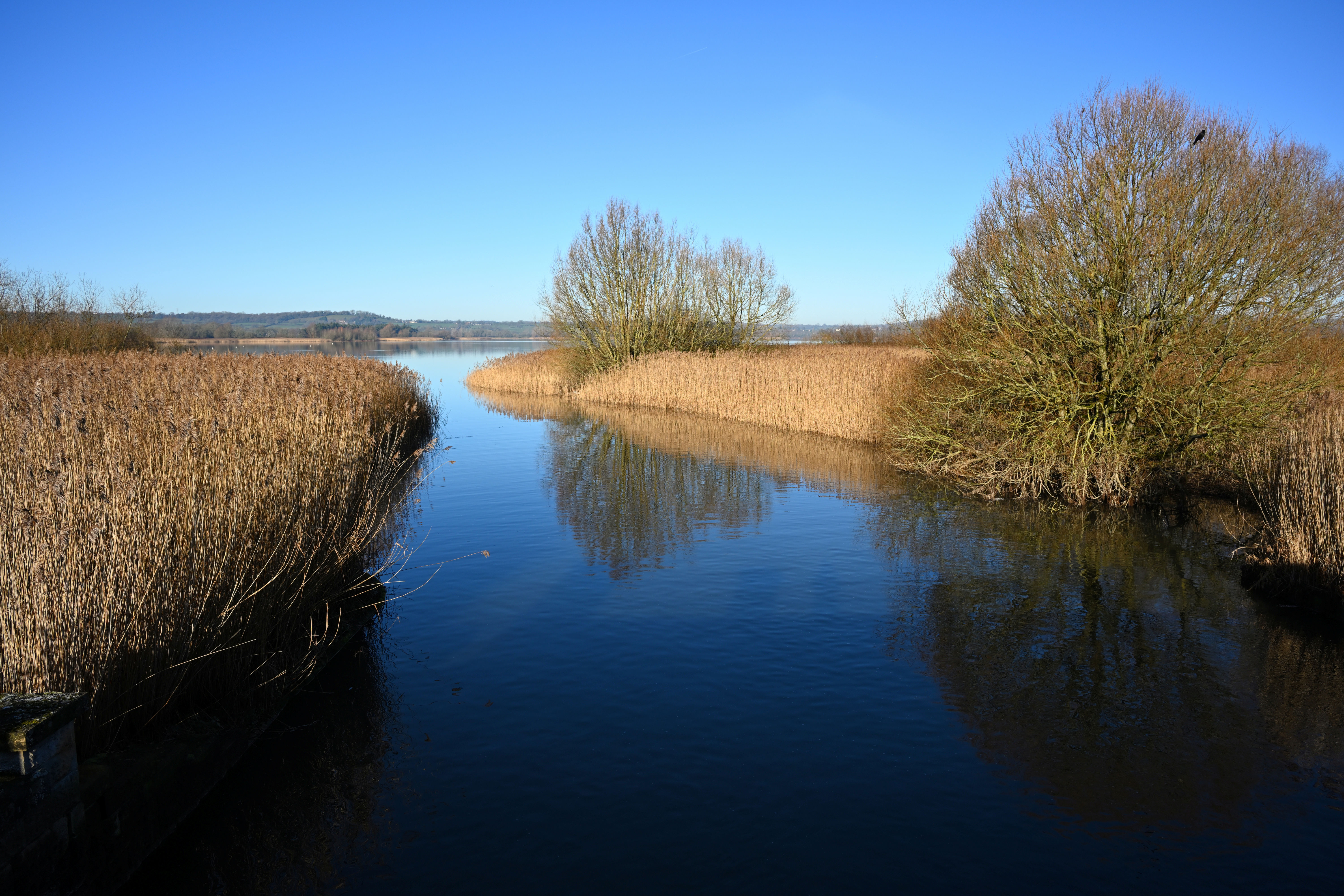
Features ★★★★★ | Features include a L-fn button and additional, customizable control ring, along with a powerful 5x zoom range. |
Design ★★★★☆ | The overall design and build quality are great but it’s naturally bigger and heavier than the Z 24-70mm f/4. |
Performance ★★★★☆ | Performance is highly impressive but corner-sharpness drops off a bit towards the long end of the zoom range. |
Value ★★★★☆ | It’s competitively priced for a lens with such a generous and versatile zoom range. |
Best wide-angle lens for the Nikon Z6 III / Z6 II / Z6
Specifications
Reasons to buy
Reasons to avoid
Nikon has released two more ultra-wide zooms since this one – the Nikkor Z 14-24mm f/2.8 S and the Nikkor Z 17-28mm f/2.8, but I think the Nikkor Z 14-30mm f/4 S is still the best wide-angle choice for the Nikon Z6 line of cameras, despite its smaller maximum aperture, thanks to its space-saving retracting design, longer focal range and its competitive price for a lens in this category.
It doesn’t hurt that image quality and performance are both very good indeed. Corner-to-corner sharpness is impressive, and it also comes with a lens hood that you can remove to add filters via an 82mm attachment thread. This is an unusual feature in an ultra-wide-angle lens.
Read more: Nikon Z 14-30mm f/4 S review

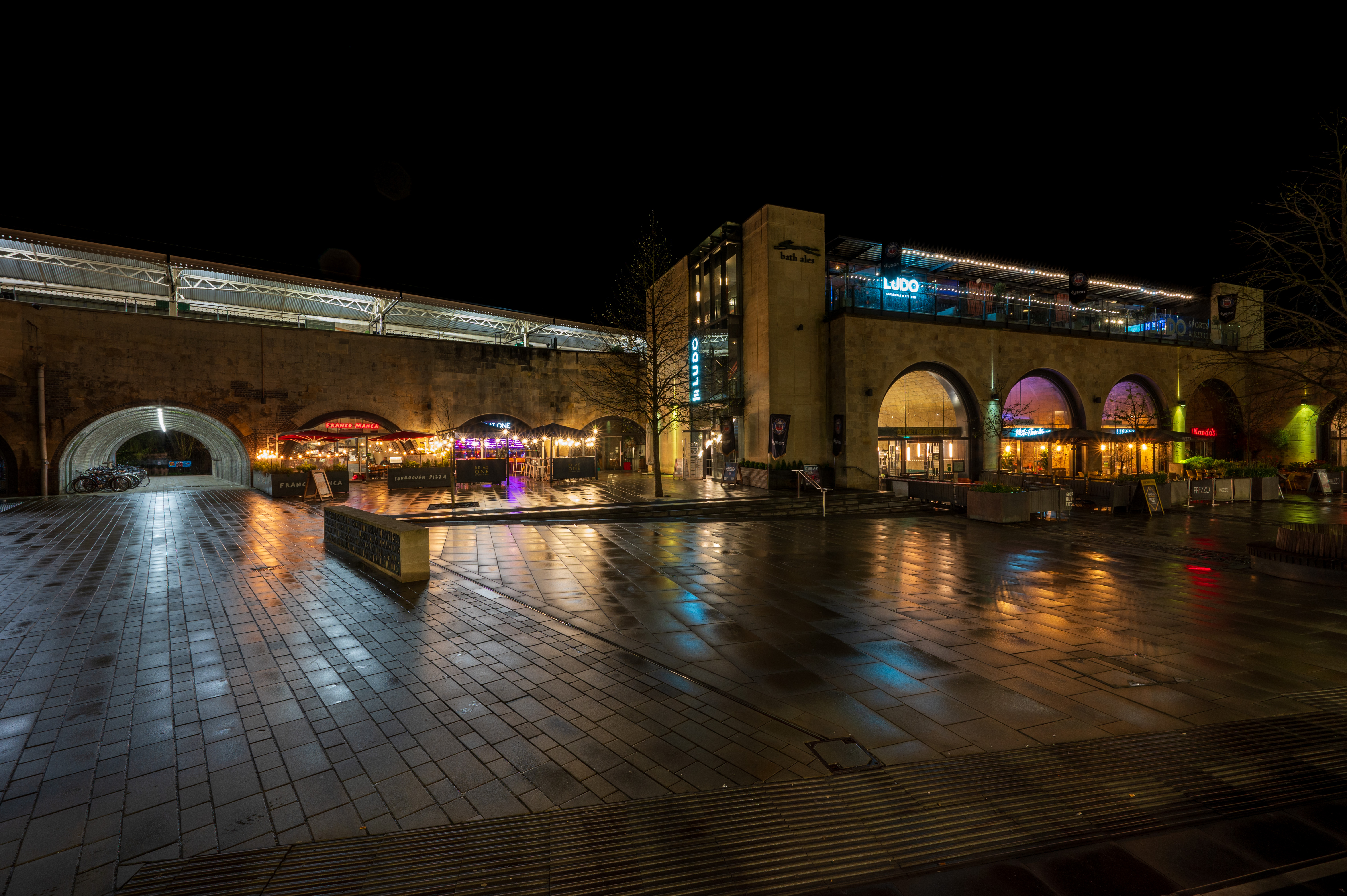
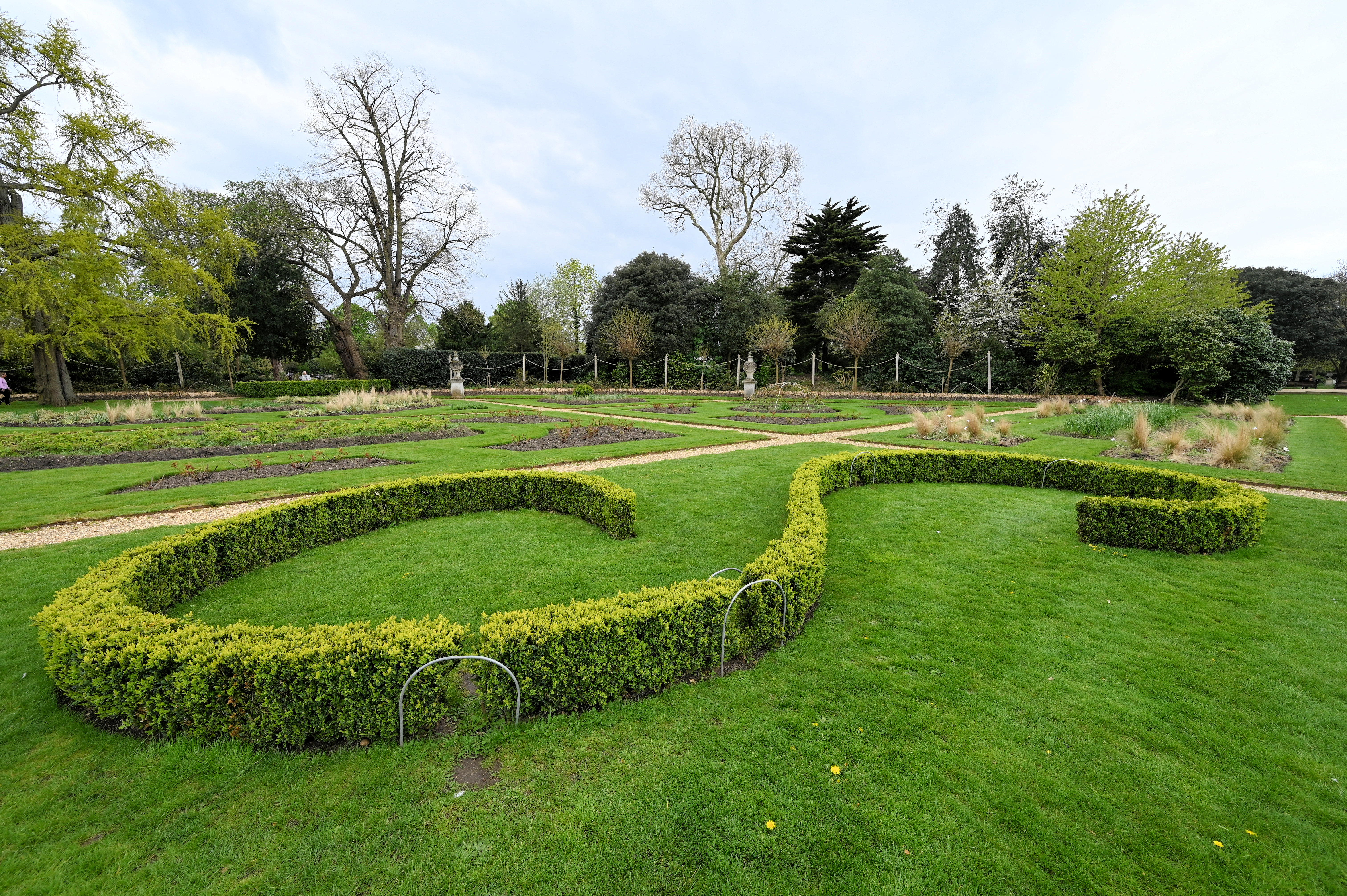
Features ★★★★★ | The removable hood enables easy use of filters, and there’s a lot of up-market glass and Nano Crystal Coat. |
Design ★★★★★ | Stowage size is kept to a minimum thanks to a neat retractable design. An A/M focus mode switch is also fitted. |
Performance ★★★★★ | The lens delivers superb sharpness and clarity, right out to the extreme edges and corners of the frame. |
Value ★★★★★ | It’s great value for such a high-performance lens, if you don’t feel the need for a ‘trinity’ f/2.8 zoom. |
Best standard prime for the Nikon Z6 III / Z6 II / Z6
Specifications
Reasons to buy
Reasons to avoid
I raised an eyebrow when Nikon launched the Z 50mm f/1.8 S as one of the first ever Z-system lenses, giving up-market S-line credentials to a prime that ‘only’ had an f/1.8 aperture rating. As soon as I tried it, I was won over with its quality and all-round performance, but still hankered over that faster f/1.4 aperture. This lens obliges, while also adding a secondary customizable control ring. I find that’s most useful for stepless aperture control when shooting video, which this lens does superbly well.
Although aimed at ‘content creators’, the lens is equally adept at stills as well as video. It doesn’t have an auto/manual focus mode switch but I’m not really bothered. Edge/corner sharpness isn’t the best but I’ve found that the lens is able to do full justice to the resolving power of Z6 -series cameras, and the relatively compact, lightweight build make it a good fit.
Read more: Nikon Z 50mm f/1.4 review



Features ★★★★☆ | Top of the feature list is the fast f/1.4 aperture and the lens has dual customizable control rings. |
Design ★★★★☆ | It looks and feels a little basic, with no A/M focus mode switch, but the build includes weather-seals. |
Performance ★★★★☆ | It’s not one of Nikon’s up-market S-line lenses, but performance combines good sharpness and nice bokeh. |
Value ★★★★★ | The lens is excellent value for a 50mm f/1.4, undercutting the list price of the Z f/1.8 version. |
Best portrait lens for the Nikon Z6 III / Z6 II / Z6
Specifications
Reasons to buy
Reasons to avoid
The full-frame sensor in Z6-series cameras makes them adept at blurring backgrounds in portraiture, and the affordable price tag of Nikon's 85mm f/1.8 makes this an appealing partner. This focal length is ideal for head-and-shoulders and half-length shots from a natural shooting distance.
Many 85mm lenses offer an f/1.4 aperture, which technically gives a shallower depth of field, but when I tested this f/1.8 lens, I found its bokeh quality was at least as good as you’ll find in many f/1.4 lenses. It’s a well-made lens that features weather seals.
Read more: Nikon Z 85mm f/1.8 S review



Features ★★★★★ | Like its 50mm sibling, this S-line lens doesn’t look anything special but packs strong features in terms of glass and coatings. |
Design ★★★★★ | It’s not overly compact for an 85mm f/1.8 prime but the optical path is quite complex and the lens is weather-sealed. |
Performance ★★★★★ | Perfect for portraiture, the combination of focal length and aperture helps to deliver superb sharpness and beautiful bokeh. |
Value ★★★★☆ | It’s pricey for an f/1.8 lens but at least it’s less than a third of the price of the Z 85mm f/1.2. |
Best telephoto lens for the Nikon Z6 III / Z6 II / Z6
Specifications
Reasons to buy
Reasons to avoid
A 70-200mm f/2.8 is a classic 'trinity' lens for professional photographers, but, like other examples of its type, the Nikon Z 70-200mm f/2.8 VR S is huge, heavy, and expensive. That's why I really like the only slightly 'shorter' Nikon Z 70-180mm f/2.8.
You lose in-built VR and 20mm at the long end of the zoom range, but you keep the f/2.8 maximum aperture and save quite a chunk of change. If you're worried about the lens's lack of optical VR, the Z6 line has in-body image stabilization (IBIS) like all full-frame Nikon Z-series cameras. The Z6 and Z6 II offer 5 stops of IBIS, while the Z6 III can manage up to 8 stops.
If portrait, social and event photography is your daily job, I would probably still suggest the Z 70-200mm f/2.8 VR S, but if that lens is just too heavy and too expensive, or you're just not sure you would get enough use from it to justify the cost, the Z 70-180mm f/2.8 is a terrific alternative.
Read more: Nikon Z 70-180mm f/2.8 review
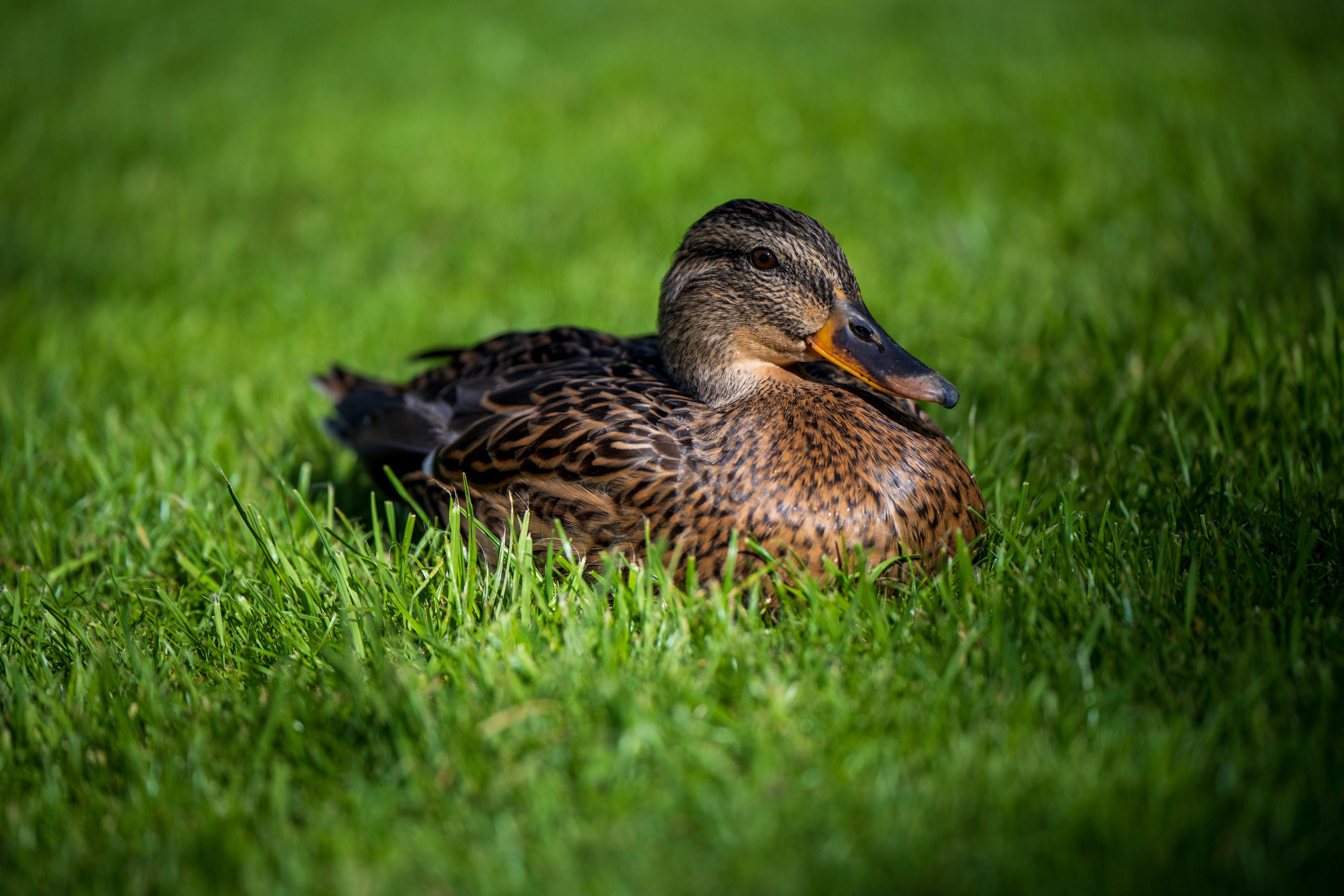


Features ★★★★☆ | The feature set is very good overall but there’s no optical VR nor any L-fn buttons. |
Design ★★★★★ | Compared with 70-200mm f/2.8 telephoto zooms, this lens is wonderfully compact and lightweight. |
Performance ★★★★★ | Sharpness is excellent and the quality of bokeh is gorgeous. It’s an absolutely standout ‘alternative trinity’ zoom. |
Value ★★★★★ | It’s certainly not a cheap lens but is nevertheless only about half the list price of the Z 70-200mm f/2.8. |
Best super-tele lens for the Nikon Z6 III / Z6 II / Z6
Specifications
Reasons to buy
Reasons to avoid
Nikon has yet to produce many affordable super-telephoto lenses for its full-frame Z mount cameras, although there's also the highly impressive Nikon Z 180-600mm f/5.6-6.3 VR for super-sized reach. My top choice has more modest maximum reach but is a top-notch S-line lens, ideally suited to action, sports and wildlife photography.
This terrific lens delivers speedy autofocus and impressive 5.5-stop VR, not to mention exceptional image quality. Overall performance is fabulous, while handling benefits from custom function buttons and a de-clicked control ring, plus a multi-function display.
Read more: Nikon Z 100-400mm f/4.5-5.6 VR S review
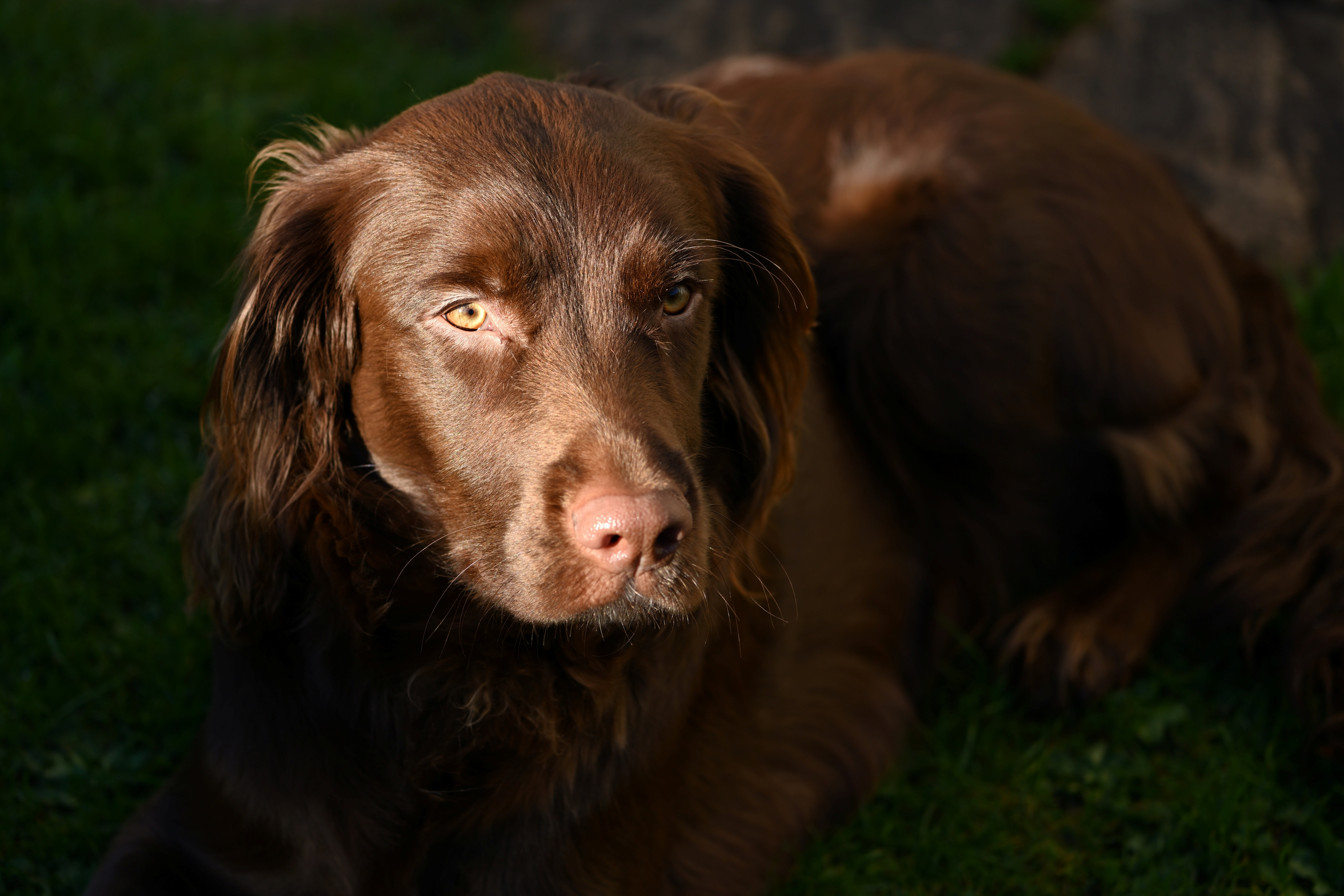
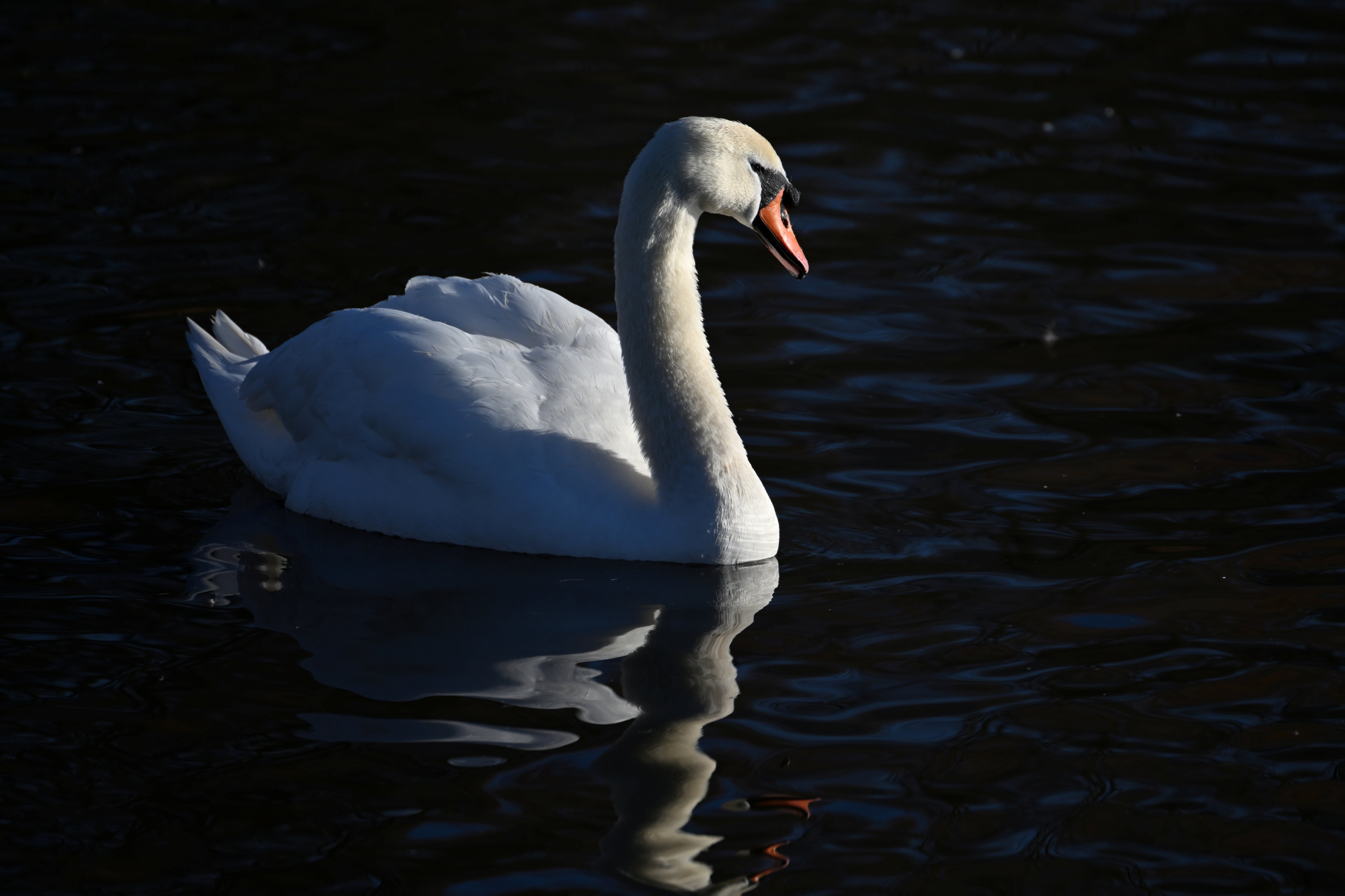

Features ★★★★★ | High-end features include plentiful customizable controls and function buttons, super-fast autofocus and 5.5-stop optical VR. |
Design ★★★★★ | The pro-grade design oozes quality and handling is terrific, although the lens is definitely no lightweight. |
Performance ★★★★★ | Scintillating sharpness is boosted in practical terms by the consistently accurate autofocus and highly efficient stabilization. |
Value ★★★★☆ | Pro-grade lenses never come cheap but this one good value for money at the price. |
Best macro lens for the Nikon Z6 III / Z6 II / Z6
Specifications
Reasons to buy
Reasons to avoid
There is a cheaper Nikkor Z MC 50mm macro lens, which I recommend for the more modest Nikon Z5 and Z5 II, but if you can afford the extra, the Nikkor Z MC 105mm is the better choice, not least because it gives a much more generous working distance for macro shooting.
Superb image quality for both close-ups and general shooting is aided by a speedy, accurate autofocus system, along with very good optical VR. It also has a multi-function display, a custom function button and an autofocus range limiter. An electronically coupled focus ring handles minute adjustments.
Read more: Nikon Z MC 105mm f/2.8 VR S review

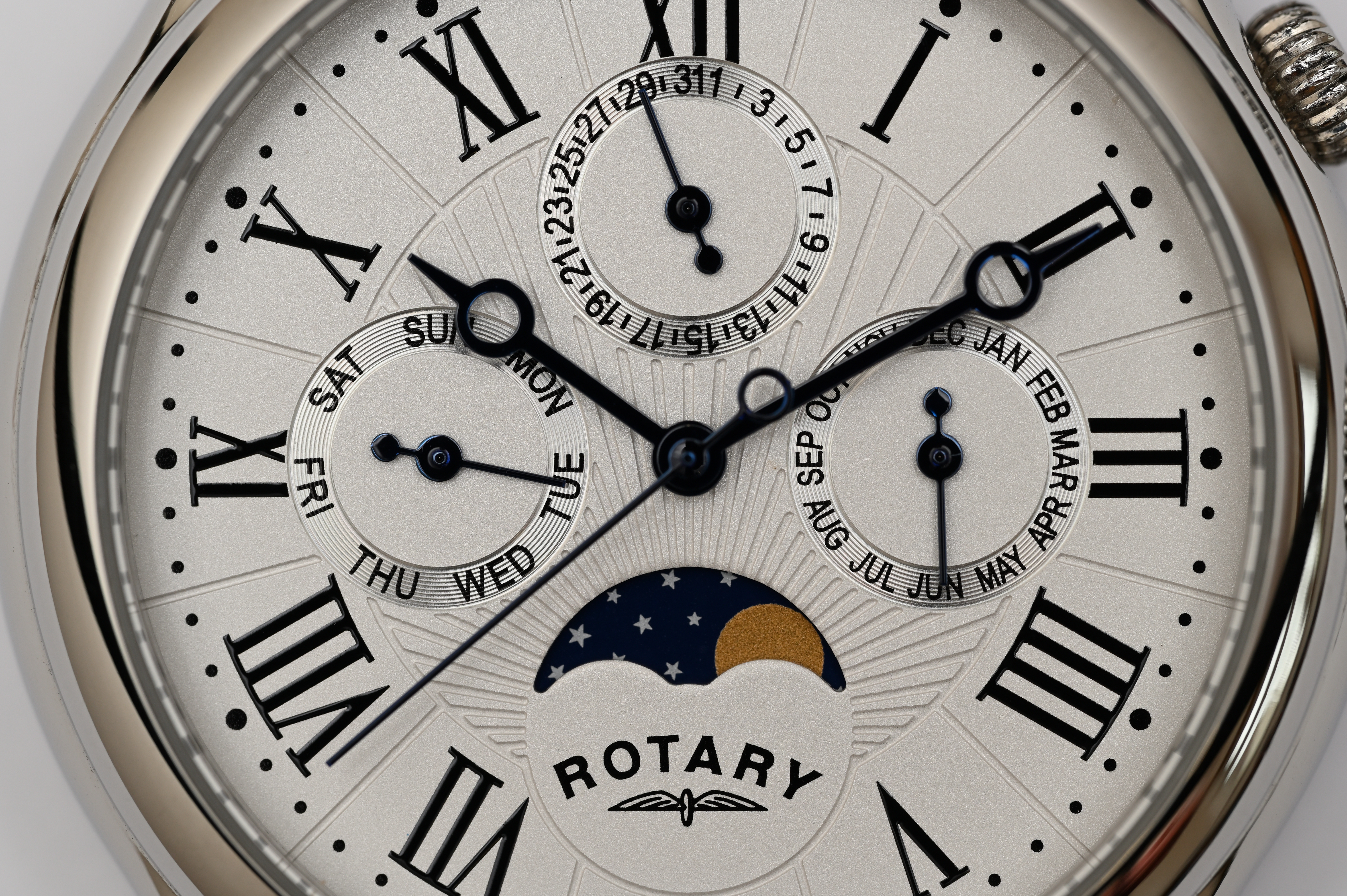

Features ★★★★★ | Top-notch features include a customizable function button and multi-mode OLED info display panel. |
Design ★★★★★ | Build quality and handling are fully pro-grade, with plentiful weather-seals and an additional customizable control ring. |
Performance ★★★★★ | Image quality is flawless for extreme close-ups at up to 1.0x magnification, as well as for portraiture and still life photography. |
Value ★★★★★ | It’s certainly not a cheap lens but it’s nevertheless excellent value for an own-brand Nikon lens of this quality and performance. |
Lab data and comparisons
The graphs below show the comparative performance of the lenses in this guide, based on our in-house lab tests. The Nikon Z 85mm f/1.8 S leads the way for sharpness among the prime lenses in this group, while the Tamron 28-75mm f/2.8 tops the chart for zooms. Color fringing and distortion are well controlled on the whole, and automatic in-camera correction is available for these aberrations anyway, which often can’t be disabled.
Scores for sharpness and color fringing are averaged from data taken across the entire image frame, from the center to the edges and corners, throughout the aperture range. For zoom lenses, the scores are also averaged from data measured at all marked focal lengths, and the same applies to distortion. Bear in mind that these average values don't fully reflect specific areas of performance. For example, a zoom lens might have noticeable barrel and pincushion distortion at its shortest and longest focal lengths respectively, which tends to average out when looking at the data overall. For more detailed graphs of each lens's performance, which give the full picture, check out the graphs in our full standalone lens reviews.
How to choose the best Nikon Z6 III / Z6 II / Z6 lenses
Which lenses fit the Nikon Z6 III / Z6 II / Z6?
The Z6 III, Z6 II, and Z6 aII use the Nikon Z mount and are compatible with all lenses designed for that mount. Nikon’s own Z-mount lenses all have Z at the start of their model names.
Some Z-mount lenses are designed for use with APS-C format cameras rather than full-frame cameras, such as the Z6 series. Nikon lenses that fall into this category have DX as part of their model names. While they physically fit, these lenses produce a cropped image, so they’re not ideal. None of the lenses in this guide is a DX-format lens.
If you are buying a third-party lens, always check that it is designed for full-frame (or FX) Nikon Z cameras, rather than APS-C (or DX) Nikons.
The Z6 line cameras are also able to use F-mount lenses, which are designed for use with Nikon’s DSLR cameras. For this, you need an adaptor such as the Nikon Mount Adapter FTZ II. The idea is that owners of older DSLR cameras can buy a Z camera and still use their old lenses.
How do I know which lens to get?
The reason there are so many types of lens in the first place is that different scenes demand different lens designs, particularly when it comes to focal length and aperture rating.
Usually, you will decide what you want to photograph, then get a lens with the focal length that suits the situation. For example, to shoot landscapes you will need a wide-angle lens, while for sports and wildlife you will need a telephoto.
You can watch this video that explains focal length: it helps you work out what kind of lenses you need for different genres of photography.
How we test lenses
The lens experts in our testing lab run a range of tests under controlled conditions, using the Imatest Master testing suite. Photos of test charts are taken across the range of apertures and zooms (where available), then analyzed for sharpness, distortion and chromatic aberrations.
We use Imatest SFR (spatial frequency response) charts and analysis software to plot lens resolution at the centre of the image frame, corners and mid-point distances, across the range of aperture settings and, with zoom lenses, at four different focal lengths.
There's more to it than just the technical side, though! Beyond the lab, our reviewers test lenses in real-world environments – and sometimes on professional shoots! We work with lenses both indoors and outdoors, in studio conditions and in natural light, with as many different subjects as is possible (or appropriate – there's no point testing a landscape lens' ability to shoot a portrait!).
We take into account everything from handling and ease of use to speed of autofocus and the overall quality of the images produced.
Find out more about how we test and review on Digital Camera World
The best camera deals, reviews, product advice, and unmissable photography news, direct to your inbox!

Rod is an independent photography journalist and editor, and a long-standing Digital Camera World contributor, having previously worked as DCW's Group Reviews editor. Before that he has been technique editor on N-Photo, Head of Testing for the photography division and Camera Channel editor on TechRadar, as well as contributing to many other publications. He has been writing about photography technique, photo editing and digital cameras since they first appeared, and before that began his career writing about film photography. He has used and reviewed practically every interchangeable lens camera launched in the past 20 years, from entry-level DSLRs to medium format cameras, together with lenses, tripods, gimbals, light meters, camera bags and more. Rod has his own camera gear blog at fotovolo.com but also writes about photo-editing applications and techniques at lifeafterphotoshop.com
